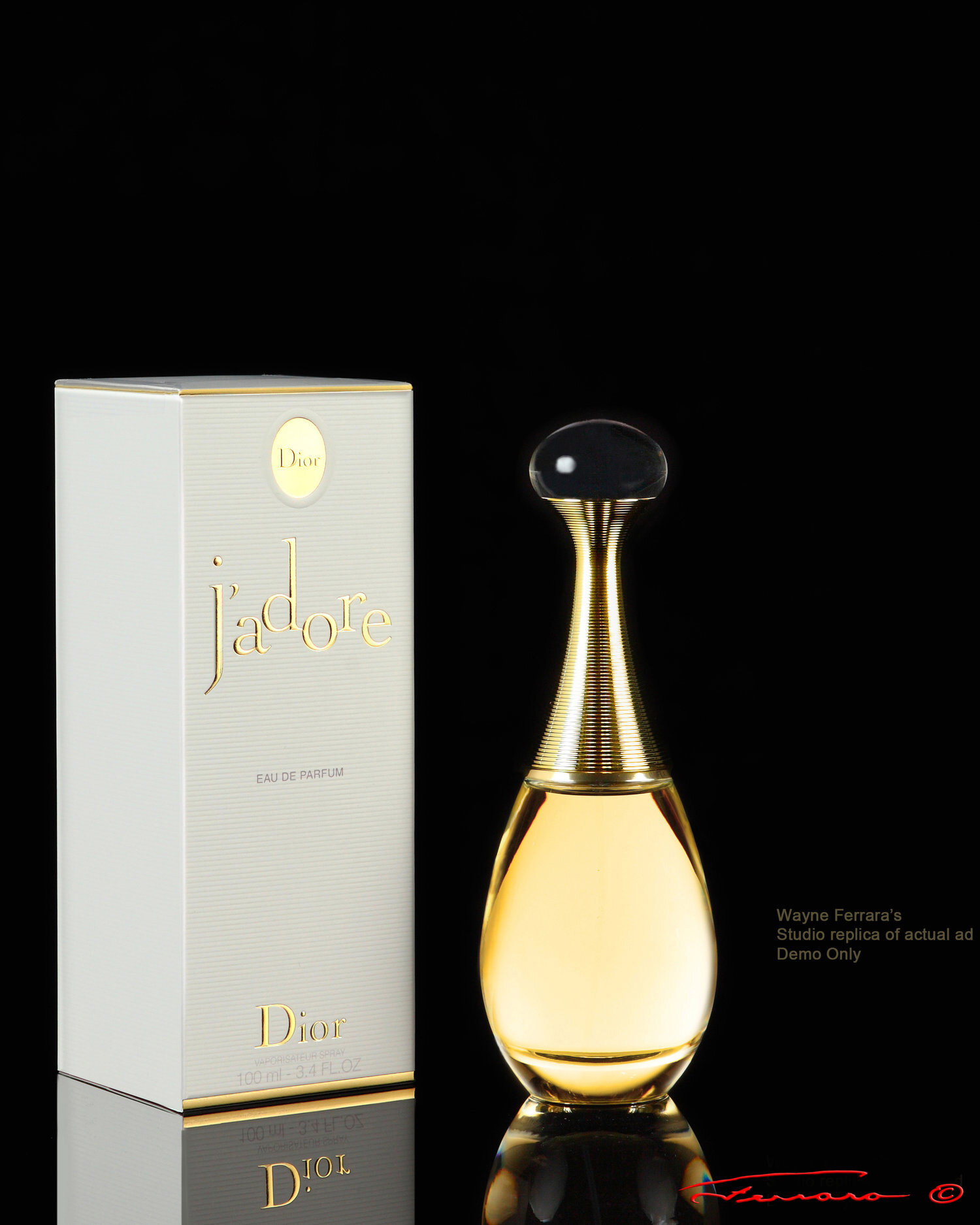A lot of potential clients don’t realize what is involved with doing a professional product photography photo session. A surprising number of people will call and say things like, “I only need two photos, how much for that?” If only it were that simple! Right? There are quite a few important details that need to be considered which most potential clients simply are not aware of. Here are a few details that may be of interest to potential product photography clients.
Most products featured in online commerce stores like Amazon, for example, are shown on an all white background to better feature the product itself without distraction. Depending on the size of the product, this can be accomplished with a small “igloo tent” which is made of opaque material or on a table using pure white, seamless backdrop paper to create a curved, cyclorama type backdrop,; the curve being where the backdrop meets the table and goes under the product setup.
Some shoots may work better to feature the product on a light gray backdrop. This can be advantageous when a portion of the product or product carton is white….again, the objective being to feature the product in the best way possible.
Other products, may have specific ‘branding’ requirements…..usually ones that are often featured as an ad in magazines, find it necessary to use a totally unique set up. One example might involve something like an all black background with the product placement on a large piece of black, reflective plexiglass…which reflects the product almost like a mirror. When it comes to ads, the only limits are your own creativity.
A shot like the one to the right involved shooting the image on both white and black backgrounds, then creating a layered composite. By erasing the portion of the bottle that was shot on the black background to reveal the one shot on white, this allowed for the perfume to have a natural color and also appear to have an ‘internal glow’.
No matter what the background scheme may be, the next consideration is the lighting. With background selected and in place, the next consideration is lighting. In most cases, lighting is set and adjusted with a rough set up of the product in position. This helps identify any issues like ‘hot spots’ or glare on product surfaces as well as unwanted shadows….even though some shadows can give the image a certain amount of ‘depth’. Then, it becomes important to position the product that features it the best. Additionally, many product setups require images of all sides, front and back as well as individual shots of all components if the product includes more than one item or a set.
Clearly, this all takes time. That’s the one thing most potential clients aren’t aware of . With the advent of digital imaging technology in smart phones, many people think it’s as simple as taking a few shots and that’s it. I’m afraid it’s not. Most potential clients actually try to do that before calling a professional photographer to get it done correctly….and like most things, doing the job correctly takes time and the right equipment.. This is why I charge a two hour minimum and in most cases, the shoot ends up going over two hours.
Another style of photography dealing with the ‘theme’ of a product website, is called a “flat lay”. You’ll usually see these on landing pages for a product website. It involves shooting the products and often other elements related to the product from directly overhead, looking straight down at the display of items. By elements, I mean other items that are not necessarily sold but are usually “seen with” or compliment the product in some way. For example, if you sell all kinds of exotic, fragrance soaps, along with a sampling of the soaps you sell, you may also see a washcloth or other bath items. A chocolate confection may have the product surrounded by cocoa powder, sugar, vanilla bean, fresh cream and shelled pecans…..just as an example.
Shrimp Mango Salad
Food photography can get even more complicated for several reasons. First it’s often done on location in a restaurant instead of a studio environment. Most importantly, the shoot has to be done as efficiently as possible so the plate of food doesn’t lose it’s freshly made appearance waiting to be photographed. Sauces can separate or develop a dried out appearance around the edges as well as many other issues food can suffer if it is left to sit for an extended period of time. It’s a well known fact that when photographing ice cream, something else with a similar visual consistency, like mashed potatoes, is often used instead because it doesn’t melt like ice cream does. In most cases the Chef will act as ‘food stylist’ and in others, the food stylist may be hired by an ad agency to ensure the plate of food looks great.
No matter what product we may be photographing, getting it done correctly is what helps the client SELL the product.
Naturally, not all product shoots are the same. Larger products, like industrial equipment are usually done on location instead of in-studio. Shooting from different angles and the inclusion of close-ups become an important part of the shoot and again, takes time to accomplish.
I look forward to the opportunity to help you with your product photography. Take a look at some of our product work and call us to discuss your product photography needs.


